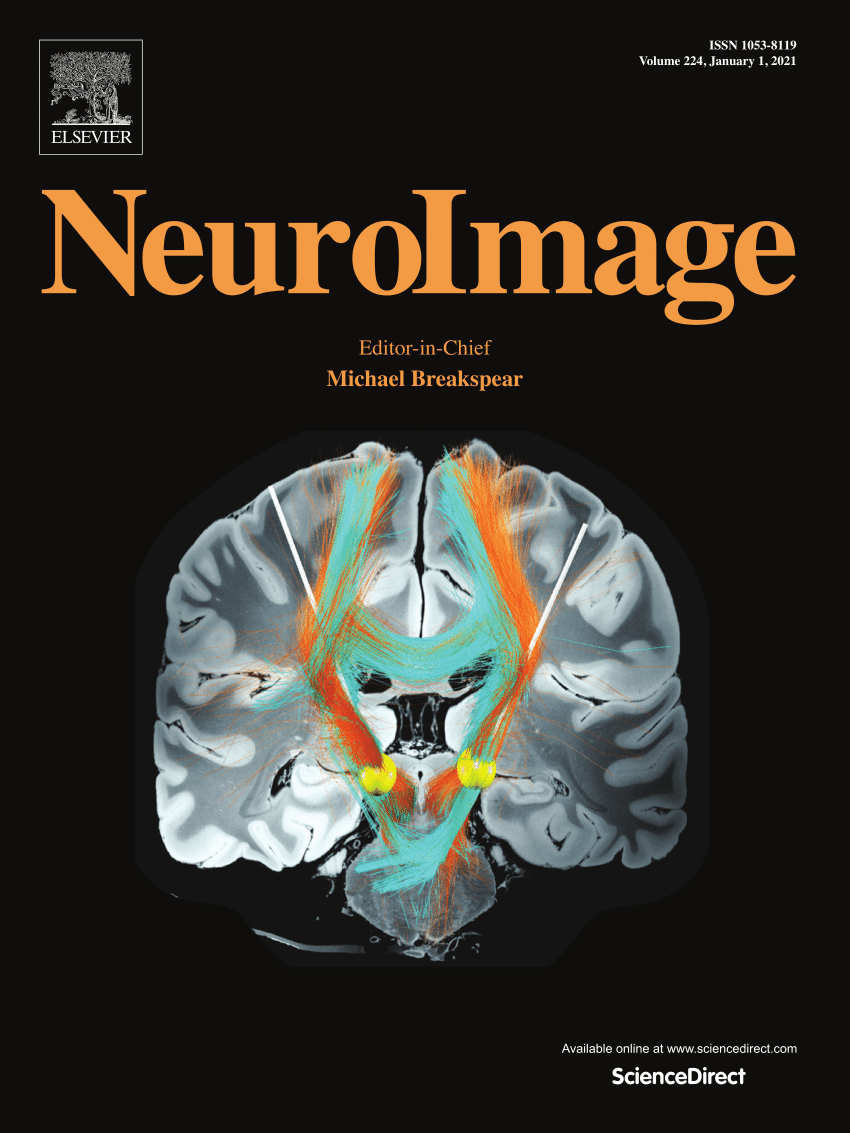Age and gender-related patterns of arterial transit time and cerebral blood flow in healthy adults
IF 4.7
2区 医学
Q1 NEUROIMAGING
引用次数: 0
Abstract
Normal aging has been associated with increased arterial transit time (ATT) and reduced cerebral blood flow (CBF). However, age-related patterns of ATT and CBF and their relationship remain unclear. This is partly due to the lengthy scan times required for ATT measurements, which caused previous age-related CBF studies to not fully account for transit time. In this work, we aimed to elucidate age-related ATT and ATT-corrected CBF patterns. We examined 131 healthy subjects aged 19 to 82 years old using two pseudo-continuous arterial spin labeling (PCASL) MRI scans: one to measure fast low-resolution ATT maps with five post-labeling delay and the other to measure high-resolution perfusion-weighted maps with a single post-labeling delay. Both ATT and perfusion-weighed maps were applied with vessel suppression. We found that ATT increases with age in the frontal, temporoparietal, and occipital regions, with a more pronounced elongation in males compared to females in the middle temporal gyrus. ATT-corrected CBF decreases with age in several brain regions, including the anterior cingulate, insula, posterior cingulate, angular, precuneus, supramarginal, frontal, parietal, superior and middle temporal, occipital, and cerebellar regions, while remaining stable in the inferior temporal and subcortical regions. In contrast, without ATT correction, we detected artifactual decreases in the inferior temporal and precentral regions. These findings suggest that ATT provides valuable and independent insights into microvascular deficits and should be incorporated into CBF measurements for studies involving aging populations.
求助全文
约1分钟内获得全文
求助全文
来源期刊

NeuroImage
医学-核医学
CiteScore
11.30
自引率
10.50%
发文量
809
审稿时长
63 days
期刊介绍:
NeuroImage, a Journal of Brain Function provides a vehicle for communicating important advances in acquiring, analyzing, and modelling neuroimaging data and in applying these techniques to the study of structure-function and brain-behavior relationships. Though the emphasis is on the macroscopic level of human brain organization, meso-and microscopic neuroimaging across all species will be considered if informative for understanding the aforementioned relationships.
 求助内容:
求助内容: 应助结果提醒方式:
应助结果提醒方式:


